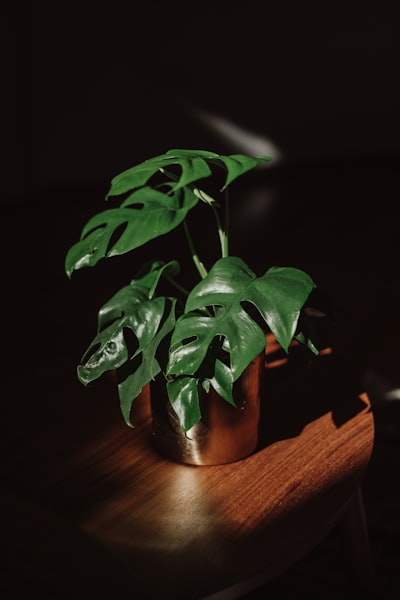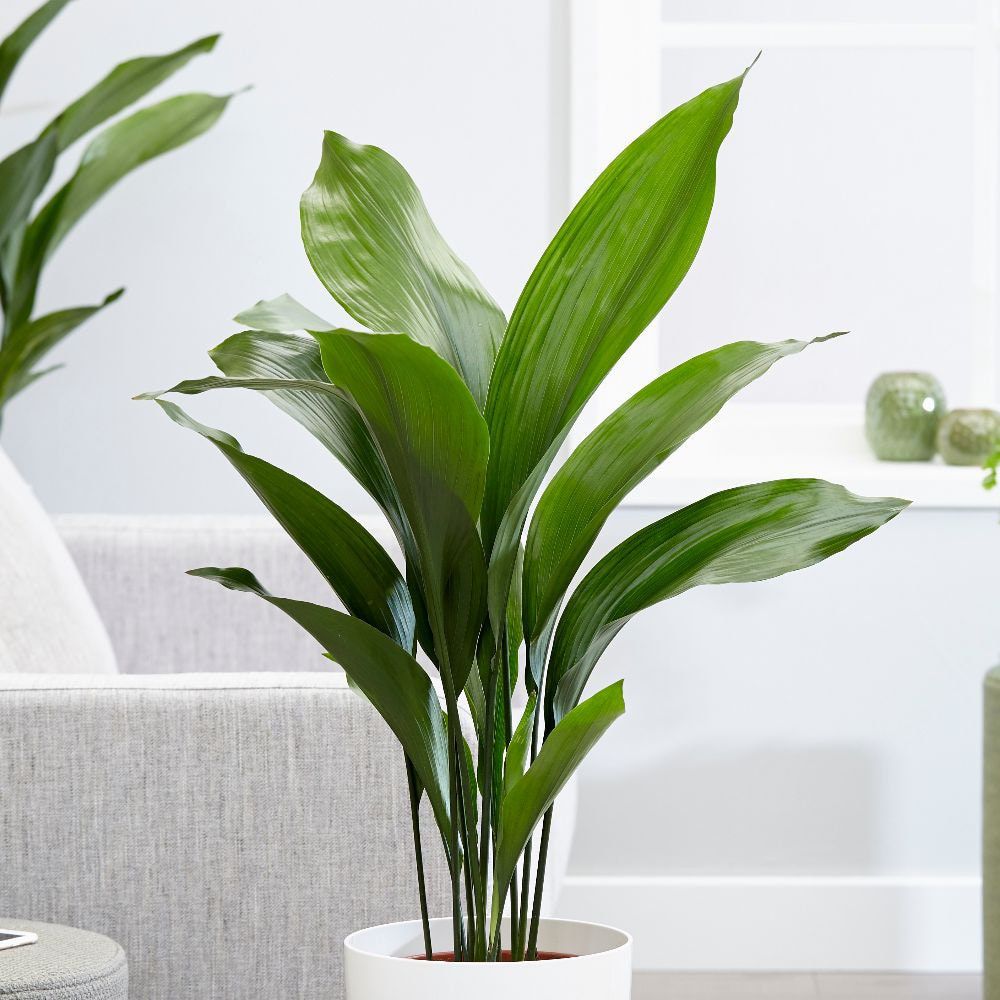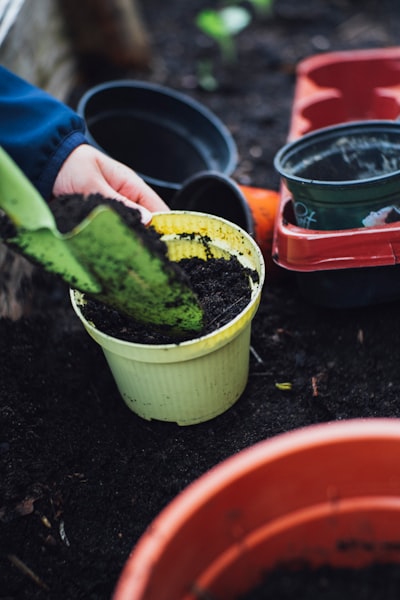Apart from providing aesthetic value, low-light indoor plants also play an essential role in improving your home’s air quality and humidity levels. This blog will discuss the best low-light indoor plants for homes based on their growing conditions, water needs, and other features. We will also provide tips on how to choose the right plant for your home and how to take care of it. So stay tuned!
BEST INDOOR PLANTS FOR LOW LIGHT
If you live in a low-light environment, it’s essential to plant indoor plants that are best suited for low light. This includes low-maintenance plants requiring little water and a small root system. Here are the seven best indoor plants for low light:
Spider Plant
If you’re looking for an indoor low-light plant that’s tolerant of a lack of sunlight, look no further than the spider plant! These succulent plants grow slowly but densely, so they don’t take up a lot of space. Additionally, spider plants are easy to care for – water them regularly and add a little fertilizer occasionally. Their waxy flowers and long vines make them an attractive addition to any room in the home. Keep in mind that spider plants are best suited for indoor use, as they don’t do well in direct sunlight. So if you have a sunny window, you might consider another indoor plant!

Philodendron Plant
Do you ever feel like you can’t escape the light? Indoor plants can help solve that problem! Not only are they low-maintenance, but philodendrons are a popular choice because of their cute and cuddly appearance. They’re also easy to care for – all you need is sunlight, water, and occasional fertilization. If you’re looking for an exciting shade in your home without much fuss, philodendrons are the perfect plant!

Lucky Bamboo Plant
When it comes to indoor plants, low-light plants are a great choice. Lucky bamboo is one of these plants and is perfect for people with tiny homes or apartments. It needs very little water and has a moderate growth rate, so it’ll be perfect for those who live in apartments or are tight on space. Lucky bamboo is a tropical plant with bright green leaves that adds some zing to your home with its exotic look. It’s an excellent choice for people who want an easy-to-care-for plant that looks stylish and exotic in their home!

Aglaonema plant
One of the best low-light indoor plants for homes is Aglaonema. This succulent plant is great for adding a touch of greenery to your home. Aglaonema tolerates low light levels well and doesn’t require much water or care. It also proliferates, so it can be replaced once it’s done blooming in just a few months! If you’re looking for an indoor plant that’s low-light friendly, easy to care for, and fast-growing, Aglaonema is a good option.

Cast Iron Plant
Adding some greenery to your home can be daunting, but it doesn’t have to be. Cast iron plants are an excellent option for people who live in areas with low light levels or are allergic to certain elements in the air. They need little maintenance and can withstand intense light levels, making them perfect for indoor plants. This type of plant is also ideal for those who want to plant something that will last for a long time. Cast iron plants are easy to grow – give them plenty of water and fertilizer! So, a succulent plant – you won’t regret it!

Bird’s Nest Fern plant
If you’re looking for an indoor plant that needs little care and can beautify any room of your house, look no further than a bird’s nest fern. This low-light indoor plant is known for its spectacular feathery fronds, making it an ideal choice for interior design. It proliferates, so you’ll only need to replant it once or twice a year. Additionally, bird’s nest fern is an excellent addition to eco-friendly homes because it doesn’t require much maintenance. So plant a few in your home, and watch them thrive!

Arrowhead Plant
If you’re looking for an indoor plant that can thrive in low light conditions, look no further than the arrowhead plant. This plant has glossy leaves and clusters of small white flowers, making it an excellent choice for people with allergies or asthma. Additionally, it’s resistant to pests and diseases, making it a perfect choice for indoor plants. In terms of care, just water regularly and trim the stems occasionally. That’s all there is to it!

Low light can be a great option if you live in an apartment or don’t have much space for plants. LED lighting is one of the most efficient ways to provide low light, and many plants like it better than sunlight.
Hanging Planters: If you lack floor space or room for additional lighting, we suggest using low-light solutions. LED Lighting: This cold season, using grow lights is one of the efficient low-lighting solutions to keep your plants thriving.

Tips to take care of low-light indoor plants
-Give your low-light indoor plants plenty of water – they need to be kept hydrated to thrive
-Fertilize them regularly – plant food is perfect for low-light plants
-Trim the stems occasionally to keep the plant looking tidy
Conclusion
Thank you for reading our blog post on low-light indoor plants! This post has compiled a list of the best low-light indoor plants for homes with low-light levels. From spider plants to bird’s nest ferns, we have selected plants ideal for low-light environments. Make sure to add these plants to your home to increase the humidity and improve air quality!
Frequently Asked Questions
What is the best indoor plant for a dark room?
If you’re looking for a low-light tolerant indoor plant, then the Lucky Bamboo plant is a good option. This plant can handle low-light levels well and often looks beautiful in low-light settings.
Another great indoor plant that can handle low light levels is the Cast Iron Plant. This plant proliferates, so it’s perfect for those who want to add some green foliage to their home decor quickly. The Arrowhead, spider, and Aglaonema plants are all excellent indoor plants that can tolerate low light levels.
What indoor plants need no sun?
Some indoor plants that don’t need direct sunlight include spider plants and lucky bamboo. These plants can thrive in low-light environments with water and fertilizer. Additionally, many of these plants are easy to grow indoors; they need good drainage and soil free from pesticides.

